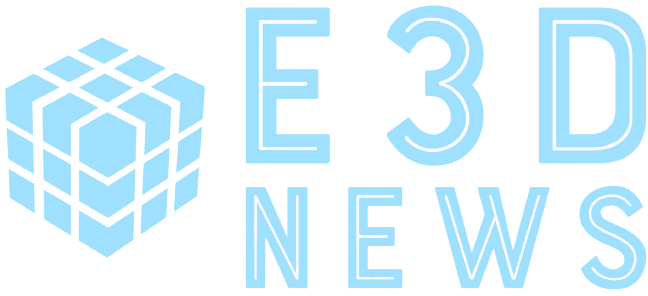One of the more low-key but compelling talks at SXSW EDU this year was about a new kind of University. Shai Reshef is the founder of the University of the People, which is a non-profit online institution that provides higher education to students worldwide, mostly free of charge. This is not a wholly new concept, and is the basic idea behind the MOOCs that were popping up around the time that UoPeople was founded in 2009. The biggest difference here is that UoPeople has survived and continues to grow.
Reshef’s inspiration for founding the University of the People came from the understanding of the way that education can transform futures along with the understanding of how the high cost creates a significant barrier for many people, especially in developing countries. Like so many of us have over the past 30 years of rising higher ed costs, he realized that there was a need for an affordable, accessible, and high-quality education system that could reach people who would otherwise not have access. But of course, the thing that has set this institution apart seems to be his tenacity.
The course offerings are wisely limited to undergraduate and graduate programs in business administration, computer science, health science, and education. The university is accredited by the Distance Education Accrediting Commission, making it one of the first non-profit, tuition-free, online universities to receive accreditation.
The main model for the university mimics that of many MOOCs. There is no charge for accessing the content, but there are some costs for registration and examination fees, which UoPeople tries to subsidize with scholarships for those who can’t afford it. It is also a comparatively friendly application.
UoPeople estimates that an undergraduate degree costs about $4,860, and College Navigator puts it around $1,200 per year, which compares extremely favorably with University of Phoenix which costs approximately $9,552 per year (which is close to most low cost online degree programs).
They can offer this price mostly by relying on volunteers. It’s not the most sustainable model and has led to some less than positive online reviews, but it does allow them to offer a degree at a price that no other institution is currently close to.
The most significant advantage of the University of the People is its accessibility. Anyone with an internet connection can access quality higher education. It is useful to point out that much of the content is not substantially different from what can be found on YouTube, but is structured and assessed in such a way that the result is an accredited degree.
And for anyone who could benefit from a credential like that, it could go a long way.
The University of the People’s faculty is made up of volunteers as well. They are generally people who hold positions at other universities that wanted to find other ways to give back, like when MIT put its courses online as MOOCs.
So far more than 100,000 students from more than 200 countries and territories have enrolled in its programs. But a far smaller number are ever awarded degrees, with 42 awarded in 2020. This is likely because most of the 100,000 students are part time, or auditing the programs. But also because the University of the People runs into the same issue that we all saw over zoom. It is really, really hard to stay motivated, especially over several years of courses.
One of the best solutions to this motivation question has been the sort of social scaffolding that we saw Mike Roberts doing in his online coding program. Creating people to which the student is accountable, either experts/mentors or peers, could be one of the most important steps in taking MOOC style education to a viable solution for many students.
Shai Reshef’s vision of democratizing education is still far from making a real impact on the educational landscape as a whole. But there are already people choosing to go this route. Back in 2018 Simone Biles chose to attend UoPeople over UCLA. Reshef’s dedication to promoting education as a means of transforming lives means that he has stuck with something that would have been easy to walk away from, once it looked like MOOCs had lost academic favor. But the institution’s resilience might mean that it weathers the storms for another 15 years.
More Stories
A Boomer’s view of Student Debt
Student loan forgiveness has been in the news again recently with the White House announcing $5.8b additional student loan debt...
Tutoring as a part of teaching / Everything comes back to money
One of the difficult things with education is our reliance on a “one size fits all” model. We have for...
Justin Reich on Learning Loss, Subtraction in Action, and a future with much more disrupted schooling
Justin Reich is an education and technology researcher and the director of MIT’s Teaching Systems Lab. He hosts a podcast...
Public K-12 Enrollment is falling and that is dangerous and exciting
A surprising result of COVID and the resulting school closures is that many parents, after struggling to figure out how...
Esports could help re-diversify a shrunken curriculum
Esports and schools feel like a pretty strange fit. Regular sports have always gone with schools, but adding esports still...
People aren’t flipping out for flipped classrooms like they used to
Flipped learning, a new strategy for teaching that flips the traditional idea of classroom lecture followed by homework on its...
